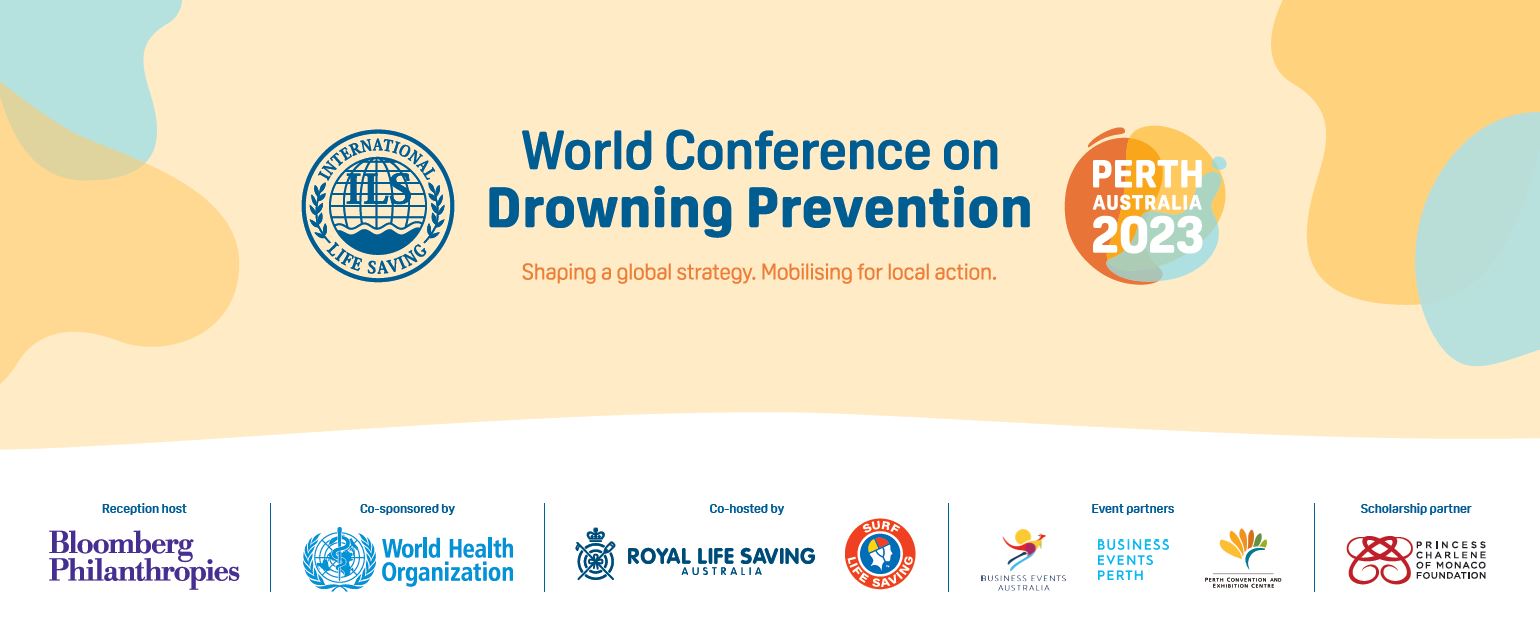Published 4 December 2023
2.5 million deaths in the last decade
90% deaths happen in low- and middle-income countries
The highest rates occur among children aged 1–4 years, followed by children aged 5–9 years.
As Lifesavers prepare for an expected long and hot summer, drowning prevention experts from across the globe are converging on Perth for the World Conference on Drowning Prevention.
Australian’s will be surprised that drowning has caused over 2.5 million deaths in the last decade. The highest rates of drowning in the Indo Pacific region can be 10-15 times, and across Africa up to 25 times higher than those in Australia.
In response, the United Nations General Assembly and the World Health Assembly have declared resolutions to accelerate action on drowning prevention.
More than 750 global experts will join Australian water safety bodies Royal Life Saving Australia and Surf Life Saving at the World Health Organization co-sponsored event.
Royal Life Saving Australia CEO and Event Co-convenor, Justin Scarr, said “Australian’s love the water, and water safety is a big priority, but most would be shocked by the magnitude of drowning in other countries, that can be 15-25 times higher than what we experience annually.”
Surf Life Saving Australia CEO and event co-convenor, Adam Weir said, “Collaboration at a national and international level is vital to achieving our goal of reducing coastal drowning deaths, and this is a valuable opportunity for us to learn and share what we have learned.”
World Health Organization has increased its commitment to drowning prevention. Dr David Meddings, from WHO Department of the Social Determinants of Health said, “World Health Organization will outline progress it has made in efforts for coordinated action on drowning within the UN system, the establishment of a global alliance for drowning, and preparation of a global status report on drowning”.
In welcoming experts to Perth, International Life Saving President, Graham Ford AO said, “Drowning continues to be a major global public health and sustainable development issue, bigger than many know, understand, or accept, and is almost entirely preventable, meaning global collaboration is essential.”
Experts from 50 countries will often explain very different drowning risks to those in Australia.
In Bangladesh, high rates of child drowning in ditches, rivers and irrigation have prompted groups to set up day care centres to protect children while parents are busy tending to crops or livestock.
In Uganda, high rates of drowning in communities that who rely on small boats to travel between villages means that early warning systems, lifejacket and safety programs are essential.
In Vietnam, the government is developing a national school swimming and water safety program much like those taught by Australian schools.
The conference runs from Monday 4th December until Thursday 7th December.
A range of speakers are available for interview.
For media enquiries, please contact Media Key on 0409 420 112 or 03 9769 6488.
For further details visit the conference website at www.wcdp2023.org or social channels including the LinkedIn page.
Background
The bi-annual event of the International Life Saving federation is co-hosted by leading Australian Water Safety Bodies, Royal Life Saving Society – Australia and Surf Life Saving Australia. It is the first time the event has been hosted in Australia. Attendees come from more than 50 countries.
Key facts
- 90% deaths happen in low- and middle-income countries.
- The highest rates occur among children aged 1–4 years, followed by children aged 5–9 years.
- Males are especially at risk of drowning, with twice the overall mortality rate of females.
- High drowning rates among males are due to increased exposure to water and riskier behaviour such as swimming alone, drinking alcohol before swimming.
- Individuals with occupations such as fishing for subsistence or commercial fishing or using small boats in low-income countries are more prone to drowning.
- Children who live near open water sources, such as ditches, ponds, irrigation channels, or pools are especially at risk.
- Drowning accounts for 75% of deaths in flood disasters, particularly in low- and middle-income countries where people live in flood prone areas and the ability to warn, evacuate, or protect communities from floods is weak.
- Daily commuting and journeys made by migrants or asylum seekers often take place on overcrowded, unsafe vessels lacking safety equipment or are operated by personnel untrained in dealing with transport incidents or navigation.

